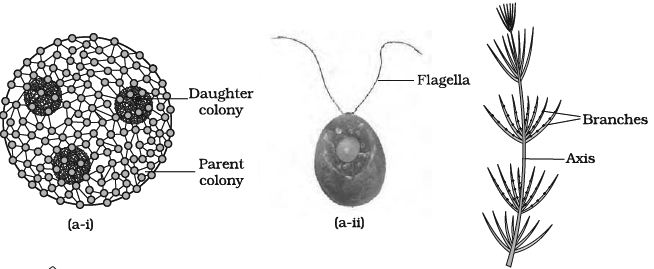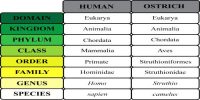The members of chlorophyceae are commonly called green algae. The plant body may be unicellular, colonial or filamentous. They are usually grass green due to the dominance of pigments chlorophyll a and b. The pigments are localized in definite chloroplasts. The chloroplasts may be discoid, plate-like, reticulate, cup-shaped, spiral or ribbon-shaped in different species.
Most of the members have one or more storage bodies called pyrenoids located in the chlomplasts. Pyrenoids contain protein besides starch. Some algae may store food in the form of oil droplets. Green algae usually have a rigid cell wall made of an inner layer of cellulose and an outer layer of pectose.
Vegetative reproduction usually takes place by fragmentation or by formation of different types of spores. Asexual reproduction is by flagellated zoospores produced in zoosporangia. The sexual reproduction shows considerable variation in the type and formation of sex cells and it may be isogamous, anisogamous or oogarnous.
Some commonly found green algae are: Chlamydomonas, Volvox. Ulothrix. Spirogyra and Chara (Figure).

Figure: (a) Green Algae: i) volvox, ii) chlamydornonas, iii) chara











